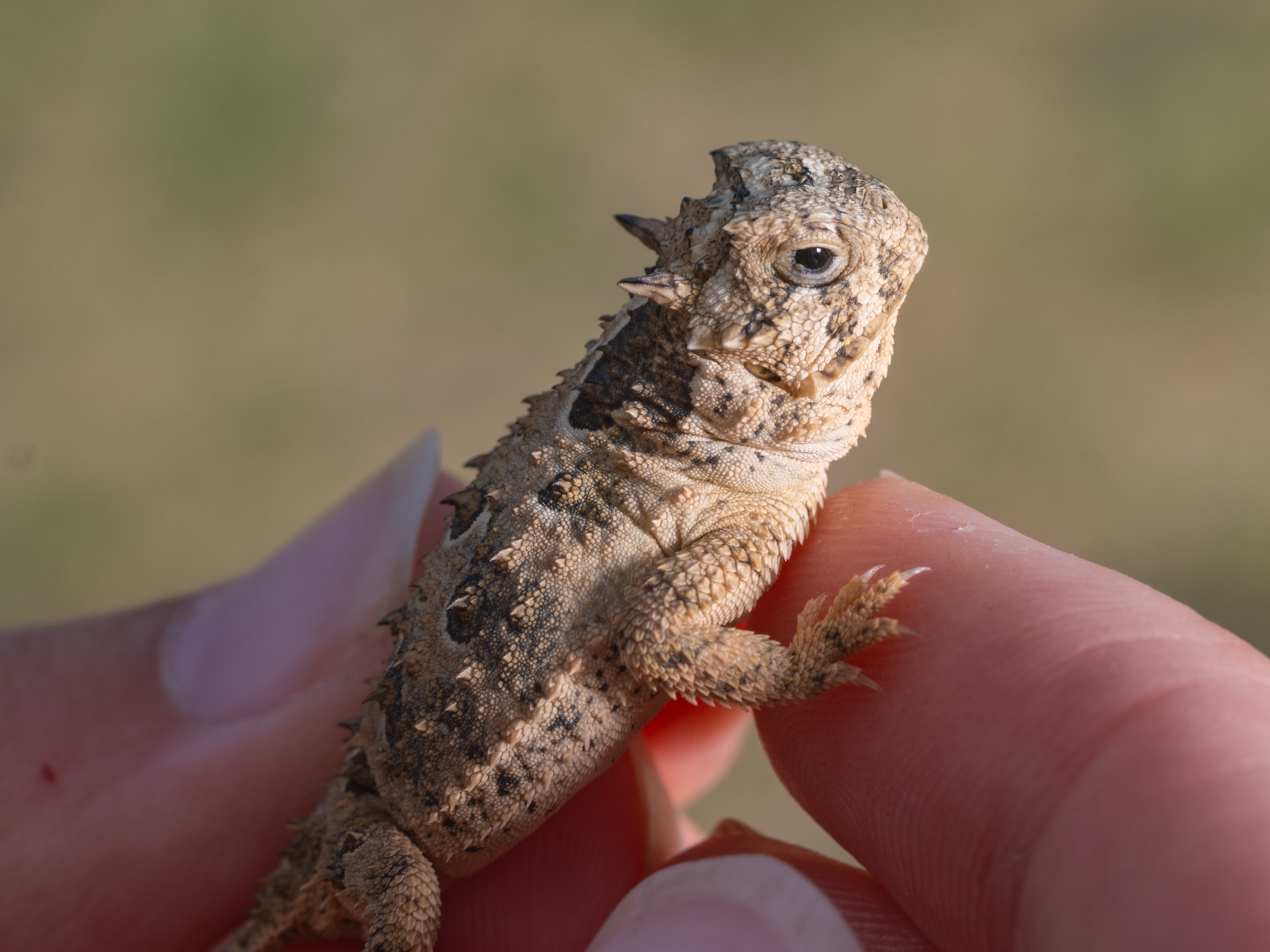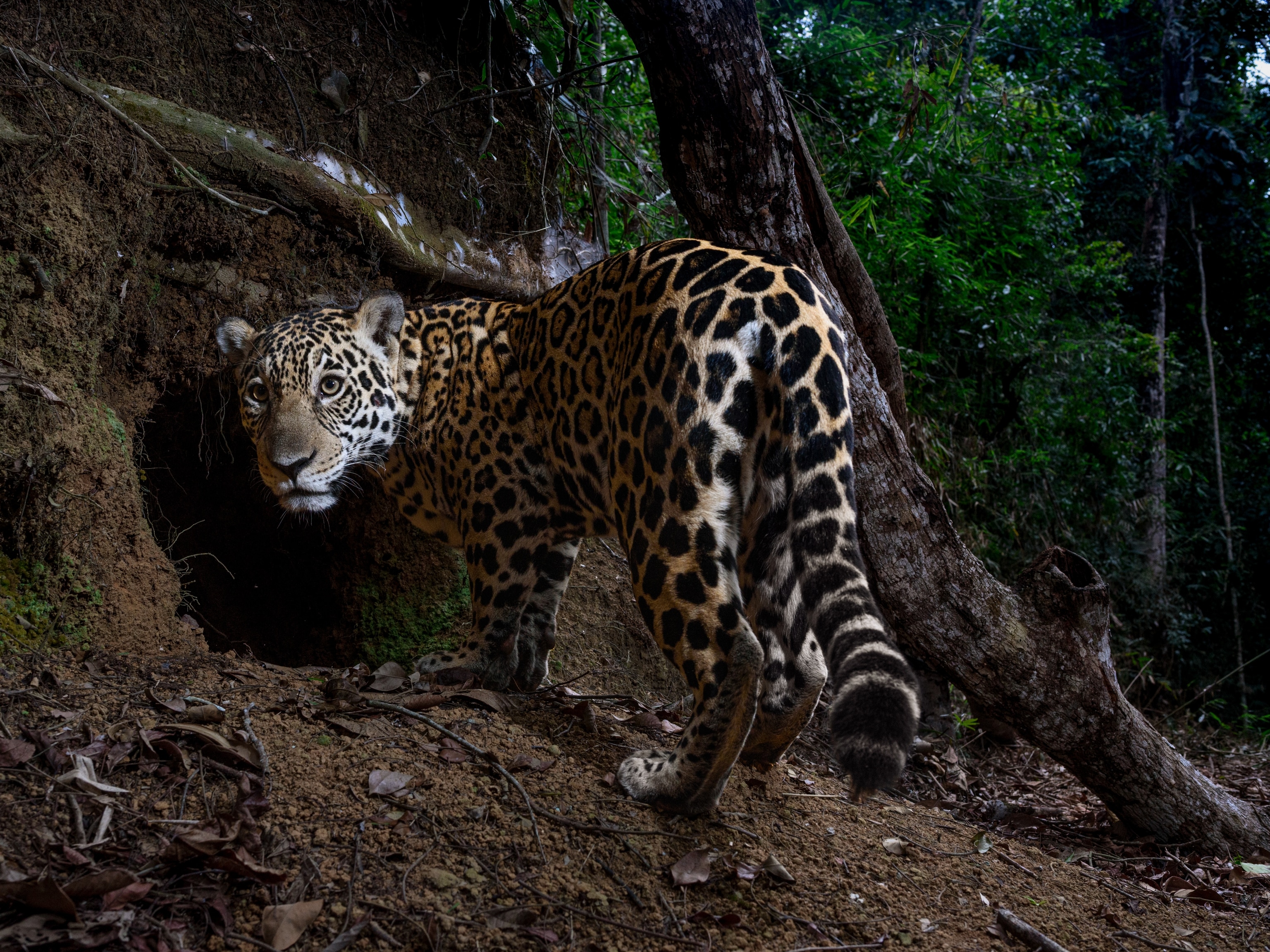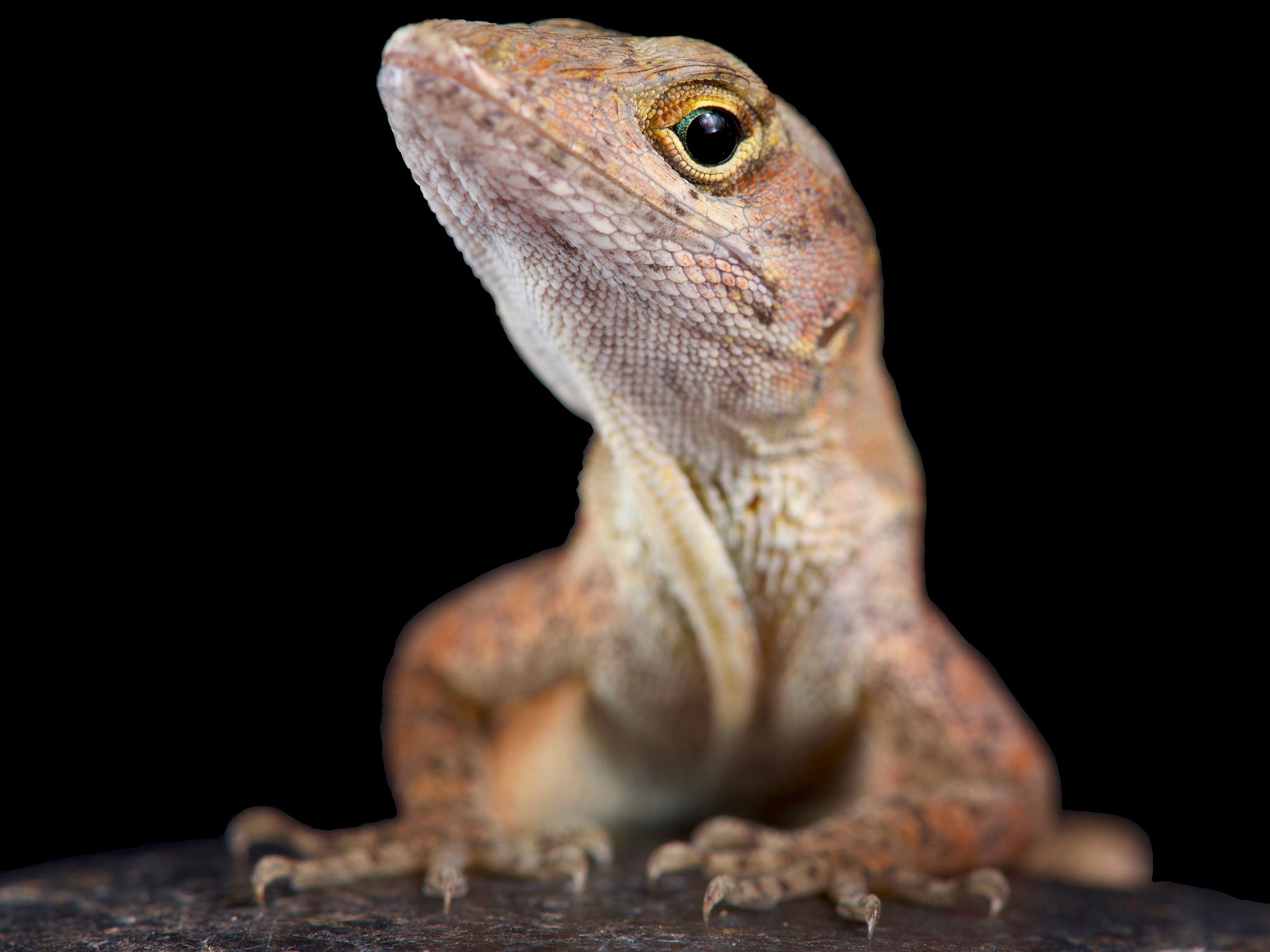
How an Asexual Lizard Procreates Alone
All moms and no dads, the whiptail still comes up with genetically diverse offspring.
In sexual reproduction—the way most life-forms procreate—each parent provides half an offspring’s chromosomes. Over generations, this mating and procreating shuffles the DNA deck, giving sexual reproducers a genetic diversity that helps them adapt to changing environments.
By contrast, asexual reproducers—some 70 vertebrate species and many less complex organisms—“use all the chromosomes they have” to solitarily produce offspring that are genetic clones, says molecular biologist Peter Baumann. Because the organisms are genetically identical, they’re more vulnerable: A disease or an environmental shift that kills one could kill all.
But there’s a twist in the case of the genus Aspidoscelis, the asexually reproducing whiptail lizards that Baumann and his colleagues have been studying at the Stowers Institute for Medical Research in Kansas City, Missouri. The lizards are all female and parthenogenetic, meaning their eggs develop into embryos without fertilization. But before the eggs form, Baumann’s team discovered, the females’ cells gain twice the usual number of chromosomes—so the eggs get a full chromosome count and genetic variety and breadth (known as heterozygosity) rivaling that of a sexually reproducing lizard.
Why does this occur? Because long ago, Baumann says, lizards of the genus Aspidoscelis had “a hybridization event”—that is, females of one species broke form and mated with males of another species. Those outlier liaisons gave whiptails robust heterozygosity, which has been preserved by the identical replication—essentially, cloning—that occurs in asexual reproduction. It’s a genetic-diversity advantage that today’s females still enjoy and propagate.





